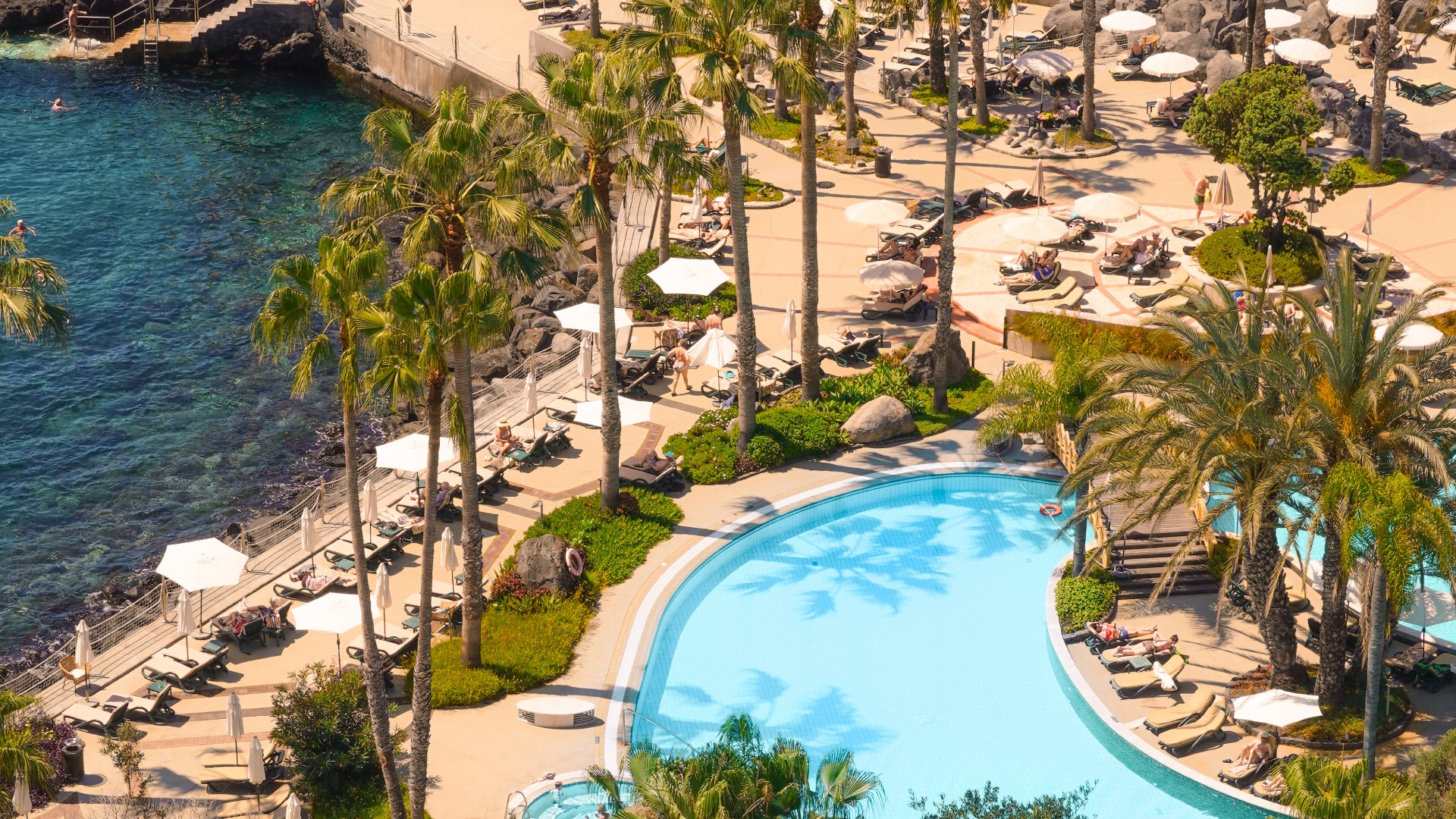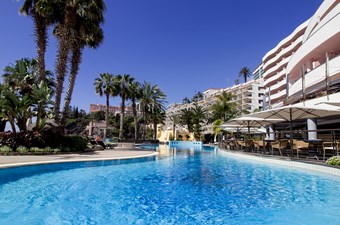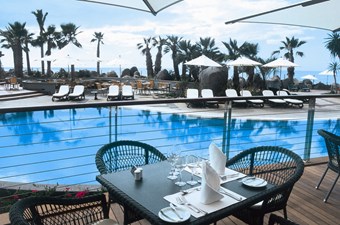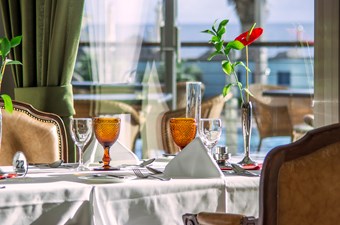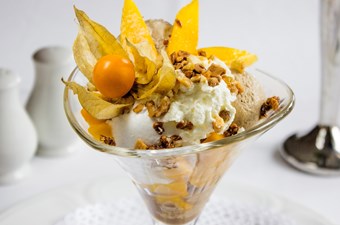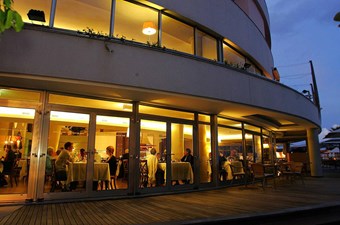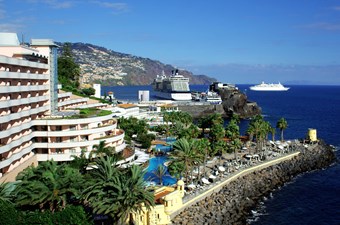

The Story of A Noble Journey
That morning, Catarina and Charles were seating in the Royal Savoy gardens, under the shade of a line of very tall palm trees, looking out to the vast ocean. The couple - she a Portuguese woman, he an Englishman - were serenely discussing who was the author of a certain historical deed. Nothing less than the discovery of Madeira Island. Between facts and legends, hard or even impossible to separate, the theme was justified: was it an Englishman or a Portuguese to reach for the first time that uninhabited paradise of the North Atlantic? Was it Robert Machim, a British merchant at the beginning of the 15th century, or was it João Gonçalves Zarco, a Lusitanian navegador, a few years later?
Charles granted the feat to his fellow countryman Machim, but Catarina gave the merit to Zarco. Not by chance, the place inspired the couple: Royal Savoy was an entrance to a “very British” aristocratic world, a worthy representative of the historical English presence in the island of Madeira. On the other hand, the resort was also a real immersion in the Atlantic of the Portuguese Discoveries, with private access to the sea, amazing views over the Funchal bay and the two oceanic pools.
As they walked the terrace, surrounded by a luscious tropical garden, Catarina told her husband how João Gonçalves Zarco set to explore the African coast bound to Guiné, serving the King João the 1st of Portugal. And how he was detoured by a storm that took his vessels to the island of Porto Santo, and from there to Madeira.
The tale surprised Charles. Curiously, Robert Machim too was brought to Madeira by a tempest… they both laughed off the coincidence, especially because, as they could attest, this archipelago is blessed with a mild climate throughout the year which in a way protects it and conquers the hearts of every visitor. But the motive of the merchant’s journey was another: he was fleeing with his beloved, an English lady about to be married against her will - without saying it, Charles identified himself with the adventurous side of his compatriot.
The conversation continued over lunch in the restaurant by the pools. Catarina suggested that they ordered two of the delicious local dishes. The Englishman happily agreed and as he finished, commended the service as it was “worthy of a court”.
Because the discord about Madeira’s finding remained, they headed to the comfortable and quiet library of the resort, in search of the island’s history books. On their way there, paintings, sculptures and pieces of furniture that punctuated the hotel halls and nooks caught their eye and attention. Works from the four corners of the world, testimonies of the diversity and cultural wealth of the regions the Portuguese empire reached.
On two great armchairs of the best English style and comfort, they sat and read about the great odyssey of João Gonçalves Zarco, the explorer responsible for the population and administration of the island, later to be the first Captain-Major of Funchal. But they also found tales of the trader and navigator Robert Machim’s journey, onto an island with no inhabitants in the middle of the Atlantic, accompanied by an English lady of high lineage and guided, mostly, by passion.
Reaching no agreement on the theme, they decided to walk to the city center, in search of the life and memory of the place - the Old Town, the Marina, The Cruise Port, the Museums - and, who knows, maybe run across the definitive answer to their divisive debate.
Enjoying the flower gardens, the squares and terraces of Funchal, Catarina guided Charles to the statue rose in homage to the discoverer and founder of Madeira, Zarco. The Englishman diplomatically appreciated the piece. He then invited his wife to look around and notice the several examples of english colonial architecture that one can find in the city, with special attention to the former residence of the British consul Henry Veitch, built circa 1830. The same place that later hosted the House of Madeira Wine, one of the island’s ex-libris.
It came close to 5 in the afternoon. Catarina could not do a day without her afternoon tea, so they headed back to the Royal Savoy. There, the décor of the room with the floral patterns of classic English taste took them back to the lands of her Majesty. On topic, Catarina took the chance to remind Charles that it was in fact the Portuguese that first took tea to England – more precisely D. Catarina de Bragança, during D. Carlos II reign.
As the day came to an end, after witnessing a magnificent sunset from the balcony of their panoramic suite, they came down to the bar, Charles favourite place in the hotel. Everything in the space reminded him of an exclusive english club. But, when the time came to choose a drink, they could only ask for a glass of Madeira wine, the greatest symbol of the centuries old relation between Madeira and Great Britain, favoured by Churchill and quoted by Shakespeare. It was a rare and very old Malvasia. They then reached an agreement. Instead of going around debating who was the first to arrive, they decided to toast to the happiness of those who arrive everyday to keep on discovering Madeira.
As their stay came to an end, they both signed the Hotel’s guestbook. It was registered in history: Catarina of Bragança, Princess of Portugal, Queen-Consort of England, Scotland and Ireland and Charles the 2nd of England. After all, Catarina and Charles felt just like royalty.



